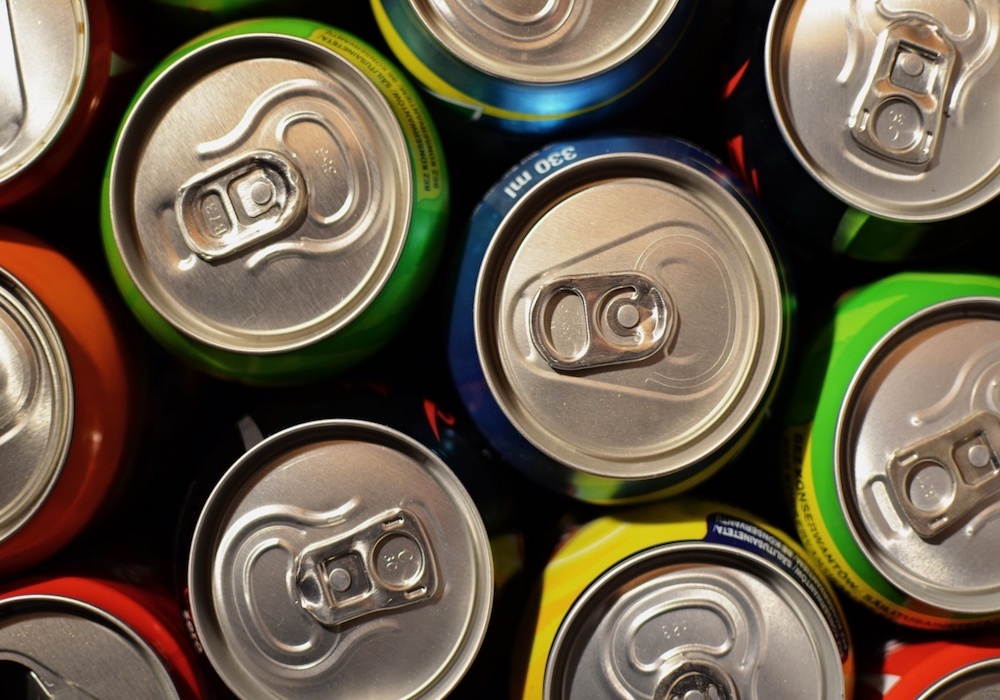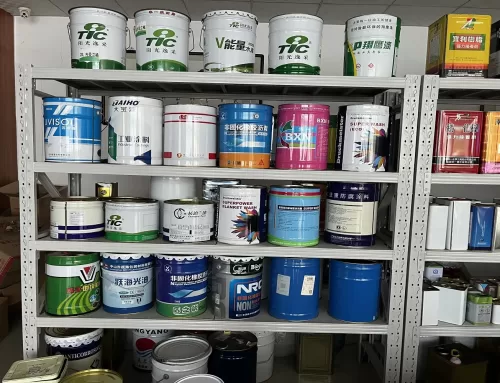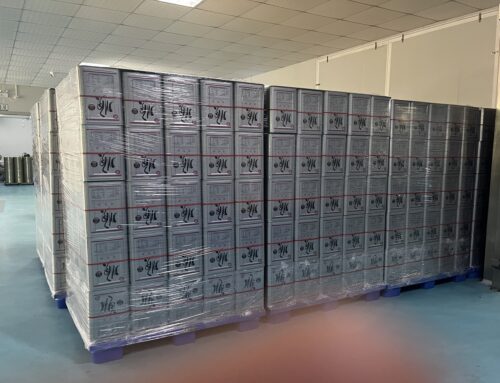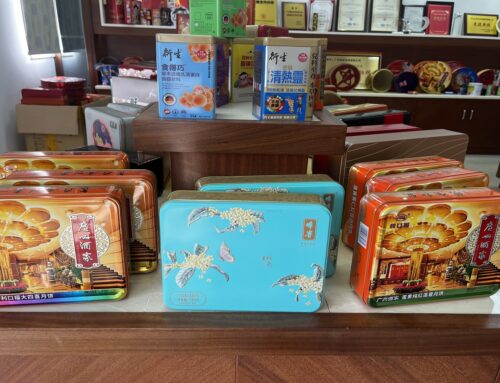The processing technology of the material for all-aluminum cans is a sign of a country’s level of aluminum processing technology. The manufacturing of aluminum cans incorporates advanced technologies from many industries, such as metallurgy, chemical engineering, machinery, electronics, and food, and has become a miniature of deep aluminum processing.
The production process of high-precision aluminum alloy strips mainly includes smelting casting, milling, homogenization and heating, hot rough rolling, hot finishing rolling, finishing, shearing, annealing, and other process steps. To ensure that the strip has good deep drawing performance, fatigue resistance, corrosion resistance, excellent surface quality, high strength, sufficient plasticity, small earing rate, and strict dimensional deviation, the material must have a suitable chemical composition, excellent metallurgical quality, reasonable structure, and plate shape tolerance. To meet these requirements, effective control must be exercised over each production link of the aluminum strip, including composition control, aluminum melt treatment, and hot rolling process optimization, which are key factors in improving strip quality.

Generally, the processing technology of the AA3004/3104 aluminum alloy strip for the can body material is as follows: semi-continuous casting (ingot thickness 500-750 mm), 580-610 homogenization treatment for 4-12 hours, hot rough rolling and hot finishing rolling at around 530-550°C, and final rolling thickness of 2-3.5 mm. The control of earing rate is quite crucial. If the earing rate is too high, it will not only increase the trimming amount and waste material, but also increase production costs and easily cause cracking between two ears during deep drawing and thinning stretching. At present, the measures taken by can material manufacturers to reduce the earing rate mainly involve controlling the final rolling temperature of the hot rolling process to keep the material in a fully recrystallized state, and then strictly controlling the cold rolling deformation to make the rolling structure of the strip account for about 25% of the recrystallized structure.
More than 97% of the can body material is rolled into coils on (1+3) or (1+4) hot continuous rolling lines using semi-continuous cast ingots and then rolled into thin strips of the required thickness on cold rolling lines or single-stand four-roll irreversible cold rolling mills. The cover material and pull-ring material can be rolled on a general four-roll single-stand hot rolling mill or on a hot continuous rolling line. The state of the can body material is H19, that is, the cold rolling rate should reach 88%. From the milling stage (both sides) in the hot rolling section to the final product in the cold rolling section, the comprehensive product rate is currently an advanced indicator internationally at 70%. If the 3% of casting burn-off and loss is calculated and both sides are milled, the comprehensive product rate is only about 65%.
The aluminum alloy strip used for can lids (covers, pull ring components, etc.) is first subjected to oxidation treatment to improve coating adhesion and corrosion resistance; after being painted on both sides and dried, it is formed into can lids. There are two types of cover materials, one with a pre-coating and the other without. The coating can be pre-coated in the rolling mill or coated in a special post-coating factory. Pre-coated materials are in rolls, while post-coated materials are mostly in pieces.
Due to the unique properties of aluminum alloy strips used in can manufacturing, a hot-rolling process using hot-rolled billets is necessary. During the hot-rolling process, it is important to properly control the metallurgical structure, mechanical properties, surface quality, geometric dimensions, and plate shape of the billets to meet the quality requirements for subsequent processing and final products. Currently, most countries around the world use the hot-rolling method to produce high-precision and high-quality aluminum can materials. Continuous casting and rolling, single-stand single-coil hot rolling, and single-stand double-coil hot rolling are difficult to produce high-quality can materials, and even the 1+1 hot-rolling method is rarely used due to its unstable quality.
All can materials are currently hot-rolled and cold-rolled, and there has not yet been any commercial cold-rolling of can materials using continuous casting and rolling or continuous casting and hot rolling of billets. Reports that “developed countries have started to use continuous casting and rolling, continuous casting and hot rolling technology to produce aluminum alloy materials for cans” need to be verified. After years of research in the aluminum processing and can manufacturing industries, it is believed that continuous casting and rolling of billets cannot be used for cold-rolled can materials, at least not before 2015, unless there is a major breakthrough in double-roll casting and rolling technology that can produce strips with good metallurgical structure, low anisotropy, and high deep drawing performance.
Currently, the countries that can produce can body and can lid materials include the United States, Germany, France, Japan, South Korea, Brazil, Russia, Australia, and China, with about 90% of such aluminum sheets and strips being controlled by the four major aluminum companies: Novelis, Alcoa, Alcan, and Hydro Al. There are many companies that can produce 5052 alloy for pull rings, but due to their small production capacity, they are mostly produced by small companies.




